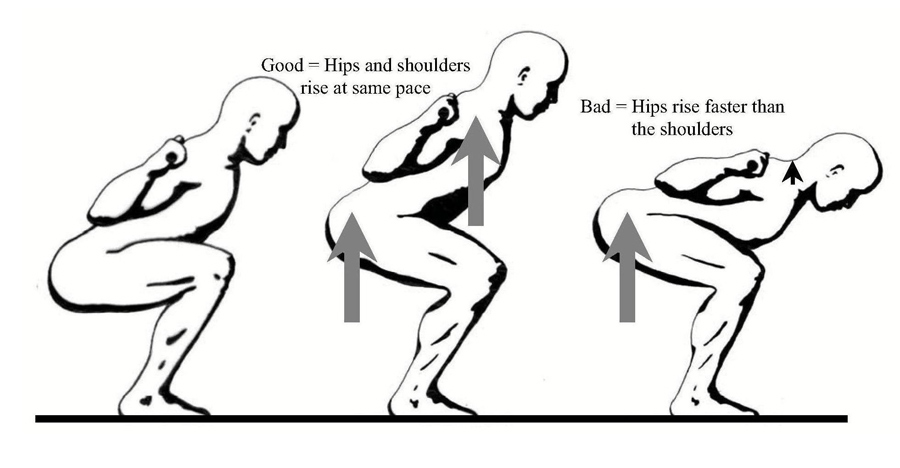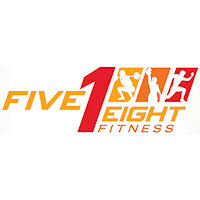
Barbell Squat

Back squat is one of the best exercises used in a gym with many benefits to everyone from the beginner to the athlete looking to improve strength, speed and power for their performance, yet we still see people performing squats incorrectly each day.
The reason for someone performing the back squat incorrectly could be because they have been under coached or not coached at all, another reason for this could be that you may have a weakness in a certain area, this is where you're thinking cap should come on and ask one of the Personal Trainers or qualified Strength & Conditioning coaches to have a look at your technique to find if you have any problems. I hate to see people performing any type of exercise incorrectly as I automatically think injury! Focus on technique over weight.
The most used stance that people often talk about is "feet shoulder width apart, toes pointing forward" unless you're a competitive weightlifter were you would use a fairly wider stance. Using the wider stance will restrict your range of movement in the squat as your adductors will reach their full range and you may feel an uncomfortable stretching/pulling around the groin area.
The stance in your squat that I tend to use and it works for the majority of people is heels shoulder width apart with your toes turned out roughly 30 degrees and knees pushed out running parallel to your feet. This stance will allow you to perform your squat to your full range or movement engaging your posterior chain which is important for any athlete to develop their hip drive for speed, strength and power.
Squat depth is another aspect of this exercise that tends to be misunderstood, this is where my "technique over weight" motto comes in. I would much prefer to see someone squat with thighs parallel to the ground or below with 40kg than seeing someone partial squat 40-45 degrees with 100kg. Your partial squat would also tend to put a lot more pressure/stress on your quadriceps and knees which isn't so good for anyone especially athletes as I'm sure most have experienced some form of knee pain such as tendinitis throughout their career.
Squatting thighs parallel to the ground or below engages all the muscles a lot more than a partial squat would, therefore we would get greater benefits of your hip drive, posterior chain development along with improving flexibility and mobility to sustain your range of movement.
Spine alignment is a big one for me as this is another common weakness in your squat that I have seen recently and in my own squat also. I am happy to let clients reach their full range of motion as long as their spine stays fully aligned and they are not experiencing the tail tuck or "lumbar spine flexion". If you find that this is a problem with your squat I would recommend not to go beyond tail tuck or "lumbar spine flexion" if it's below parallel, and if you haven't reached parallel and your spine is already flexing I would work on improving your strength, flexibility or mobility or maybe a combination of the three depending on where you have the weakness.
Bar position is one of the most important things in your set up. I see people performing a squat with a most likely uncomfortable bar position which is high up on their back and in some cases heavy loads, it's these people we hear "my neck hurts" from both male and female. Having the bar in the high back position will effect your overall squatting technique, back angle and hip drive by leaning to forward taking the weight away from the mid foot to the toes off setting your balance throughout the movement.
The bar placement should be a bit further down the back resting mid-way on your traps meaning when your ready to perform the movement the bar is directly over the mid foot where it will feel a lot more comfortable and stable.
Finally as athletes we want the most out of our workouts, so for the squat it's important that we have everything in place from the bar position over the mid foot to squat depth reaching 90 degrees or below, spine alignment and work on hip drive from the bottom of your squat.
Thanks for reading folks hopefully if any of this has applied to your squat it will have a positive affect on your technique and get the most out of your workouts!



